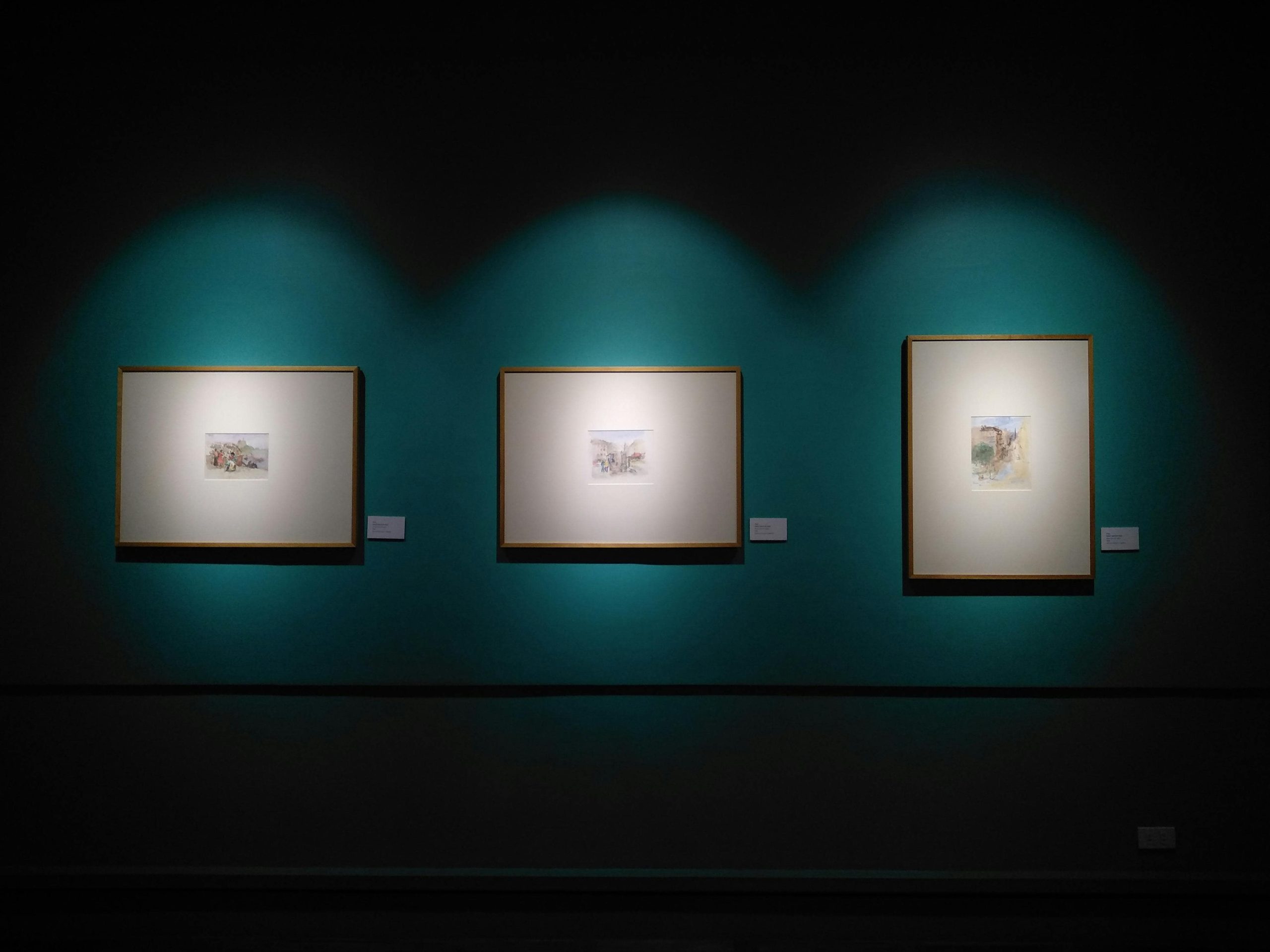
08 Apr The Role of Lighting in Art Exhibitions
Art exhibitions serve as portals into creative worlds, where artists communicate their visions and stories through various mediums. Amidst the marvel of artistic expression, one often overlooked yet paramount aspect is lighting. The interplay of light and shadow not only illuminates artworks but also molds the entire visitor experience, shaping perceptions, emotions, and insights. Understanding the pivotal role of lighting is key to unlocking the full potential of any art exhibition. As art exhibitions stand as cultural touchstones, they offer glimpses into the diverse tapestry of human creativity. They serve as platforms for artists to showcase their works, fostering dialogue and connection within communities. However, beneath the surface of these showcases lies an essential element: lighting. Often overshadowed by the allure of the artwork itself, lighting in art exhibitions plays a fundamental role in elevating the exhibition experience, influencing how viewers perceive and engage with the pieces on display.
The Impact of Lighting on Artwork
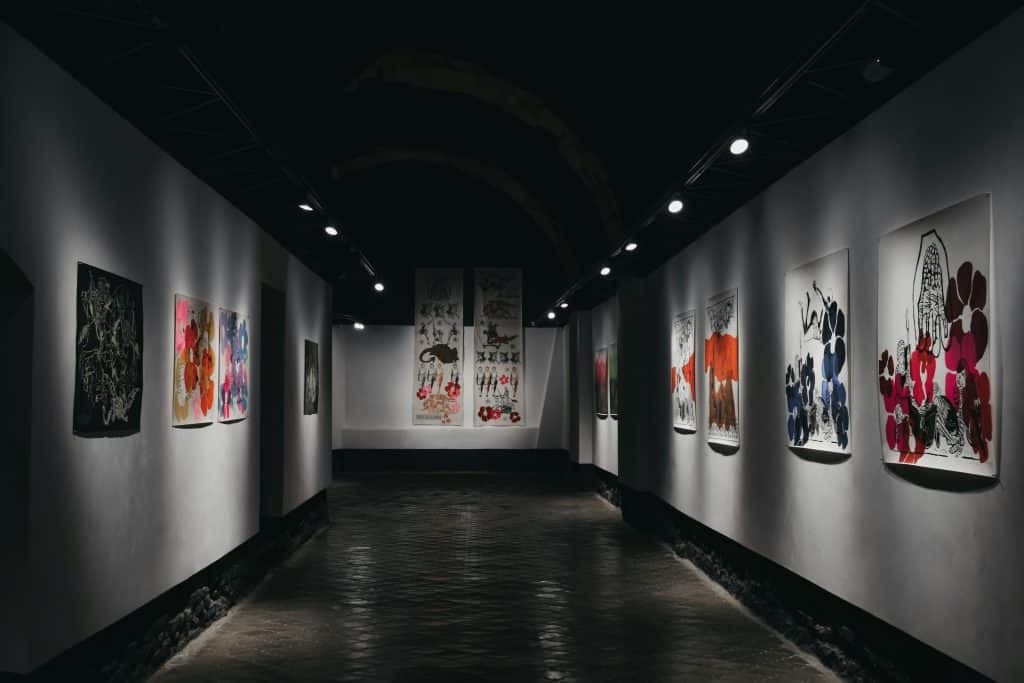
Photo by Darya Tryfanava
Enhancing Visual Perception
Lighting serves as a silent conductor, orchestrating the symphony of colors, textures, and details embedded within artworks. Curators and lighting designers can accentuate specific elements by manipulating factors like color temperature and intensity, drawing attention to intricate details or subtle nuances that might otherwise go unnoticed. Techniques such as spotlighting can transform mundane surfaces into dynamic canvases, imbuing artworks with newfound.
Preservation Concerns
Beyond aesthetics, lighting also holds the power to safeguard the integrity of delicate artworks. Exposure to harsh or improper lighting conditions can accelerate deterioration, particularly for light-sensitive materials such as pigments and fabrics. Employing tailored lighting solutions not only enhances visual appeal but also ensures the long-term preservation of cherished masterpieces, safeguarding them for future generations to appreciate.
Creating Atmosphere and Guiding Attention
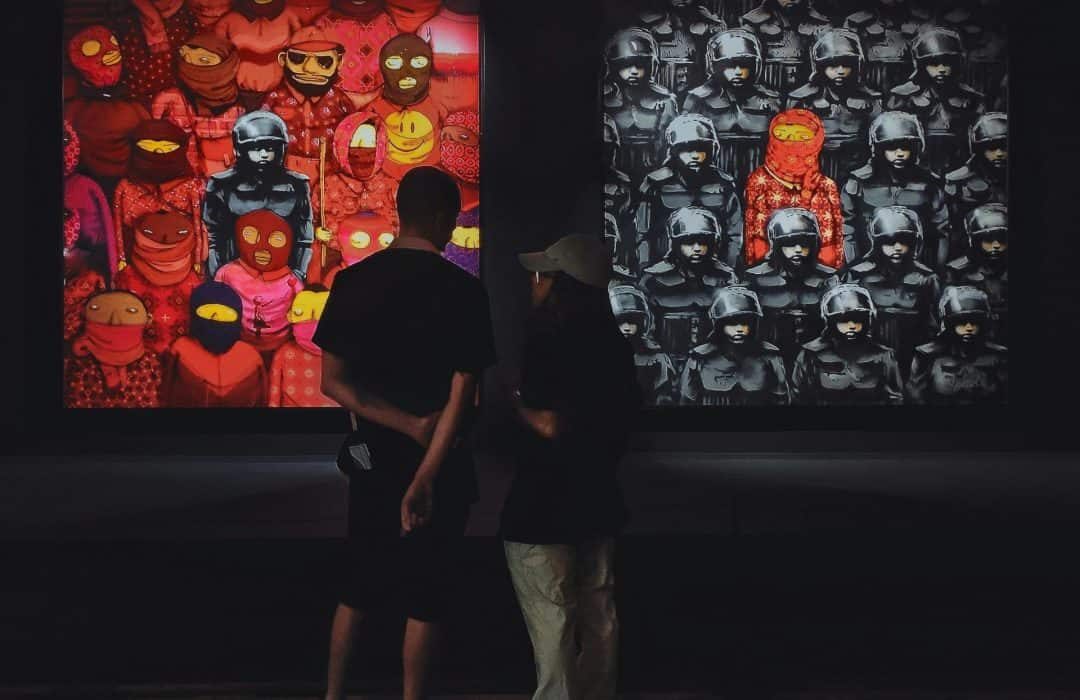
Photo by Matheus Viana
Setting the Mood
Lighting serves as an atmospheric catalyst, sculpting the ambiance and tone of the exhibition space. By modulating brightness, color, and shadow, designers can evoke a myriad of emotions, from tranquility and introspection to awe and excitement. Whether bathed in warm, inviting hues or ensconced in dramatic chiaroscuro, each lighting choice contributes to the overarching narrative of the exhibition, shaping the viewer’s emotional journey through the artistic landscape.
Directing the Viewer's Focus
In the vast expanse of an art gallery, lighting acts as a beacon, guiding the viewer’s gaze toward focal points of interest. Through strategic placement and intensity adjustments, curators can orchestrate visual narratives, steering attention toward key artworks or thematic elements. By leveraging contrasts and highlights, they create dynamic interplays of light and shadow, transforming static displays into immersive experiences that captivate and engage the senses.
Balancing Aesthetics and Practicality
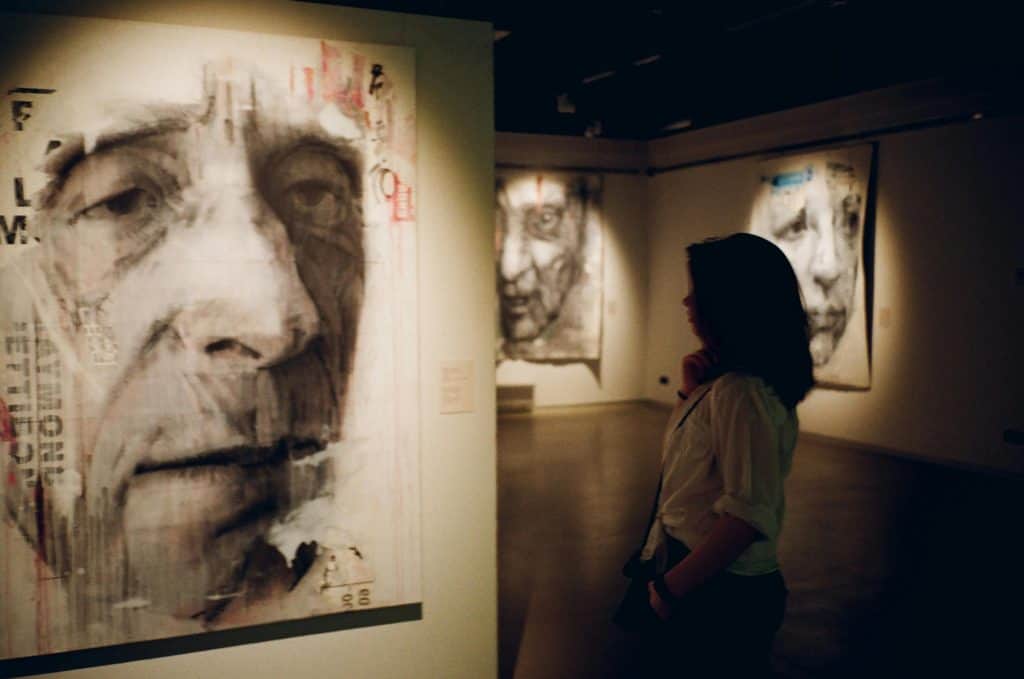
Photo by Darya Sannikov
Considering Different Art Forms
Each artwork possesses its unique essence, necessitating tailored lighting approaches to accentuate its inherent beauty. Paintings, sculptures, installations—each demands specialized lighting considerations to realize its artistic intent fully. By understanding the distinct needs of various mediums, designers can craft bespoke lighting solutions that complement and enhance the intrinsic qualities of each piece, fostering harmonious cohesion within the exhibition space.
Finding the Right Balance
In the delicate dance between aesthetics and practicality, finding equilibrium is paramount. While artistic expression flourishes under the spotlight, preserving cultural heritage remains an equally pressing concern. Striking a balance between visual allure and conservation imperatives is essential, ensuring that the transformative power of lighting enriches the exhibition experience without compromising the longevity of the artworks it seeks to illuminate.
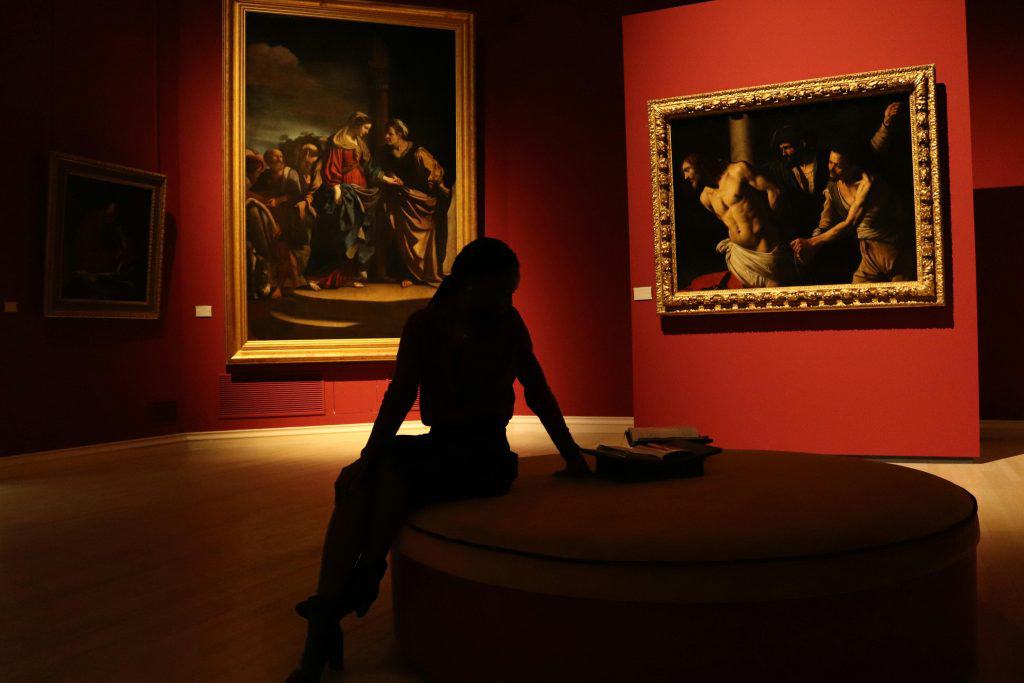
Photo by Loïc Manegarium
Conclusion
The role of lighting in art exhibitions transcends mere illumination; it serves as a silent curator, guiding the viewer through a carefully orchestrated journey of perception and emotion. From enhancing visual perception and preserving delicate artworks to creating atmosphere and directing attention, lighting stands as a pivotal element in shaping the exhibition experience. By striking a delicate balance between aesthetics and practicality, designers harness the transformative power of light to accentuate the beauty of artworks while safeguarding their longevity for future generations. As we continue to explore the interplay between light and art, we unlock new dimensions of creativity and connection, enriching our understanding of the human experience through the luminous tapestry of artistic expression.
Key Takeaways
- Enhancing Visual Perception: Lighting manipulates color, texture, and detail, spotlighting specific elements to enrich the viewing experience.
- Preservation Concerns: Proper lighting safeguards light-sensitive materials, ensuring the longevity of artworks for future generations.
- Creating Atmosphere and Guiding Attention: Lighting sets the mood and directs focus, sculpting emotional landscapes and guiding viewers through the exhibit.
- Balancing Aesthetics and Practicality: Tailored lighting solutions harmonize visual appeal with preservation imperatives, striking a delicate balance.
FAQs
How does lighting in art exhibitions impact the perception of artwork?
Lighting impacts the perception of artwork by influencing how colors, textures, and details are perceived. Through strategic lighting, specific elements of the artwork can be accentuated, enhancing its visual appeal and drawing attention to particular features.
What are the preservation concerns associated with improper lighting?
Preservation concerns arise with improper lighting due to its potential to accelerate the deterioration of light-sensitive materials in artworks. Without appropriate lighting, artworks may experience fading, discoloration, and other forms of damage that compromise their long-term integrity and value.
How does lighting contribute to creating an atmosphere in art exhibitions?
In art exhibitions, lighting plays a crucial role in creating an atmosphere by modulating brightness, color, and shadow. The strategic use of lighting can set the tone and mood of the exhibition space, evoking emotional responses from viewers and enhancing their overall experience and engagement with the artworks on display.
Examining “The Role of Social Media in Digital Art Exhibitions“, leveraging these platforms to amplify visibility and foster interaction among audiences and artists alike.

